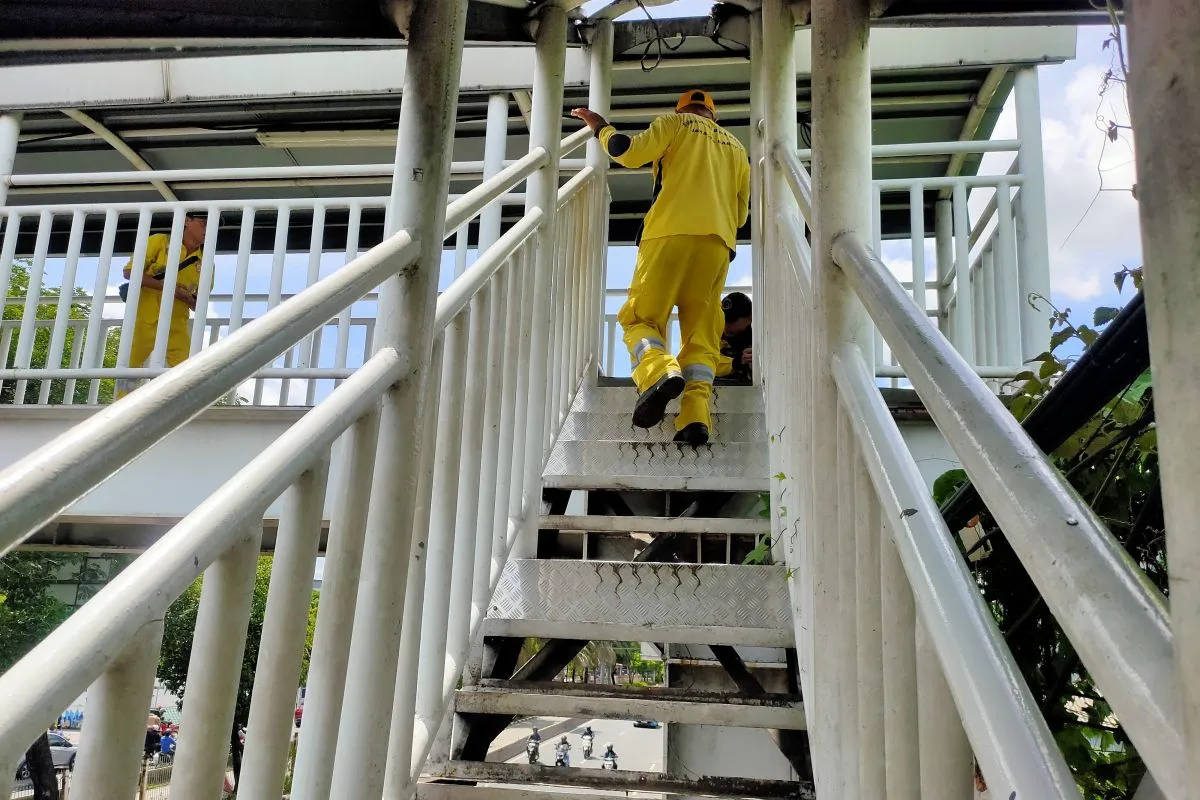Leonardo DiCaprio pemeran Jack dalam film Titanic ini memang sering kali menunjukan kepeduliannya terhadap lingkungan. Kini yang menarik perhatian dari aktor ini adalah gunung sampah yang berada di Bantar Gebang. Tempat Pembuangan Sampah Terpadu (TPST) dibangun di kawasan Bantar Gebang menampung timbunan sampah menggunung. Oleh sebab itu, kawasan sekitar pun menjadi rusak karena limbah yang ada.
Melalui akun Instagram pribadinya Leo mem-posting ulang posting-an dari @everydayclimatechange. Mengutip dari caption Leo ia berkata bahwa beberapa laki-laki dari desa Cikiwul mencari ikan di perairan berlumpur yang sangat tercemar, karena resapan dari zona pembuangan terbesar Bantar Gebang. Dalam caption foto itu juga disebutkan bahwa Indonesia berada di peringkat kedua sebagai pengguna plastik di dunia setelah negara China, dan menghasilkan 187,2 juta ton limbah plastik setiap tahunnya.
Dalam pesan ini mungkin Leo ingin mengingatkan kita untuk lebih cinta dengan lingkungan, karena sebagian dari kita sudah merasakan dampaknya.















